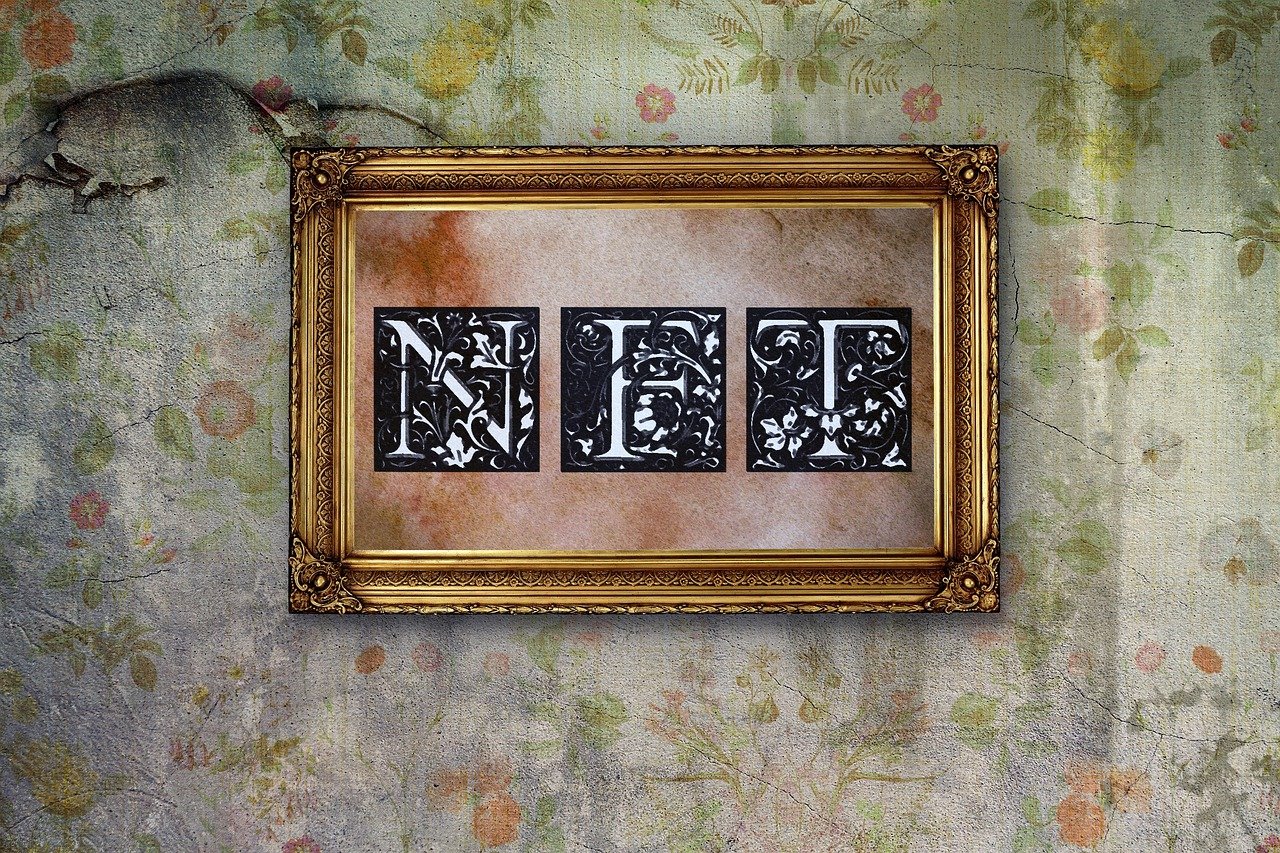From bored apes to cartoon punks, nonfungible tokens, or NFTs, have captured the attention of digital investors and online collectors over the last few years. Some experts sing the praises of the new form of media, which has brought in hundreds of millions of dollars at auction. However, others compare the trend to bubbles such as Beanie Babies or worry about environmental impact.
Now brands are beginning to explore the potential uses of NFTs, and finding benefits that go beyond auctions.
Current NFT landscape
Let’s start with a definition: NFTs are digital art that uses blockchain technology to guarantee the ownership and authenticity of each piece. “Nonfungible” means that they don’t carry the same value. People can’t just swap one for another – they’re not like monetary currencies, but instead are digital versions of signed first-edition books or mint-condition baseball cards. Like all forms of blockchain, NFTs tend to use a lot of energy and raise environmental concerns. However, developers and marketplaces are exploring more sustainable alternatives.
The first NFT technically came out in 2013, but the technology has taken off in recent years: Sales for the month ending Jan. 8 alone came to $2.7 billion.
Moving past collections
The value of collectables, of course, depends on crowd sentiment. Tulips, stuffed animals and comic books have all seen dramatic growth and even more dramatic falls over the years.
Perhaps that’s one reason why companies are exploring different ways to use NFTs, especially those that have value beyond their place on digital shelves.
One application is linking NFTs to physical products. Nike’s CryptoKicks line uses combinable codes to let users create their own customized digital sneakers. Nike then will produce versions that they can wear. People who get their hands on one of the rarest Bratz virtual cards can trade it in for a physical doll. Designer Rebecca Minkoff tied an NYC Fashion Week collection to an NFT gallery of 400 garments.
Other brands are making NFTs a means of getting special activities or content. For example, Microsoft and Minecraft teamed up to gives users access to a special Minecraft game. That initiative, in an unusual move, doesn’t involve purchasing the NFTs. Instead, those who play another jointly-developed game get them as rewards, and then can use the tokens to unlock the sequel.
Post Malone fans, on the other hand, do need to buy their NFTs. The rapper does reward collectors with something extra, though: a chance to join him in a game of Pong. Likewise, Animal Planet is sticking with collectables, but adding its own, adorable angle by introducing NFTs of Puppy Bowl “players.”
Premium engagement is part of NFTs’ likely future, experts say, and some predict that the technology will become an aspect of purchases in general. People could use tokens as payment methods for retail or to help enable food delivery, while some businesses might even integrate them into their contracts. A plethora of potential use cases is only now beginning to present itself.
Advice for marketers
How can marketers respond to the expanding, and increasingly diverse, use of NFTs?
Experts recommend investigating marketplaces, such as OpenSea, Rarible and MythMarket to see which tokens are popular, building organic interactions with communities and finding out what uses might appeal to their audience. They also recommend hiring experts to ensure proper use and security.
Other tactics include tying NFTs to charitable activities, bringing influencers on board and pinpointing the social platforms where the technology might find interest and spark discussion.
As with every new technology, it’s also important to examine it in the context of a particular company or brand: a one-size-fits-all approach, or embracing NFTs for NFTs’ sake, is likely to make any gains more transient than a strategy based on thorough analysis.
The world of NFTs is expanding. Marketers who act swiftly can find key places within it.
Isabel Kunkle is a technology and telecom editor at SmartBrief. She lives in Boston.
If you like this article, sign up for the SmartBrief on Social Business email newsletter for free.
